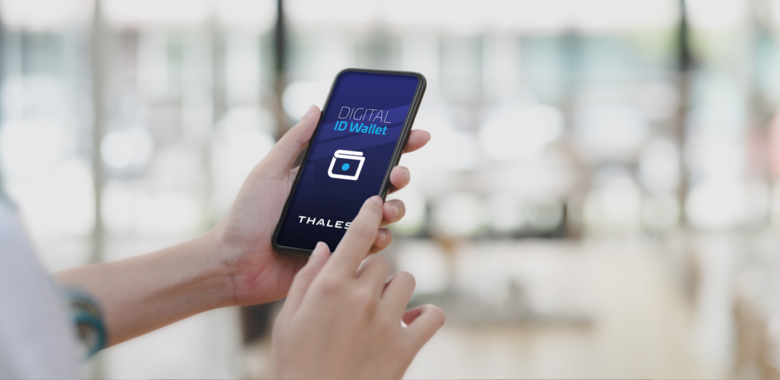There are many scenarios where we might need to prove our age – from ordering an alcoholic drink in a bar, to applying for a job, buying medication, or accessing age restricted content online. And while most people currently use physical documents (such as a passport or a driving license) to verify their age, we are now moving into a new era of age verification. ‘Digital identities’ and digital wallets have emerged as safe, secure and convenient solutions when it comes to verifying identities.
It’s important to note that standard physical IDs remain important. These highly secure documents are crucial as foundational forms of identification – however, digital wallets will increasingly complement these and help more people access services safely and efficiently.
The growth of digital forms of identification is expected to be huge. In fact, the number of people using digital IDs is set to hit 6.5 billion by 2026 – an increase of more than 50% from 2022. This rate of adoption is being supported by the fact that this technology is advancing at pace, with digital IDs now holding far more advanced capabilities than simply holding essential documents….
They can share information on a need-to-know basis only
One of the biggest advantages of digital IDs in age verification is that you can prove your identity without revealing all your personal information. While digital IDs can hold vast quantities of data, they can also pinpoint the specific data that is needed in an given situation.
This could mean, for example, that if you are buying alcohol in a supermarket or entering a nightclub, you could confirm that you are over the legal age without sharing full documentation. This is a huge boost for privacy as people will no longer have to share personal details (such as their full name or their address) that are not relevant to the purchase or activity. With digital wallets, we will be able to disclose information on a far more selective basis.
In addition to this, the service provider will not be able to obtain a copy of customer’s ID document, helping to further reduce access and potential security risks.
They provide multi-layer security mechanisms
Consumers are rightly concerned over the access, use, and security of their personal information, and some may feel hesitant about the privacy of their identity once it is in a digital form. However, there are multiple, robust layers of security in place to protect individual data, including encryption and multi-factor authentication. This means digital IDs are incredibly secure and users are protected from identity theft.
Another innovation that has helped to make digital IDs even safer is biometrics. Here, a fingerprint or facial recognition is used to verify the user, making it far more secure than a password which could be guessed or hacked.
Biometric authentication also helps to increase convenience. When verifying your age, you no longer need to remember a complicated password, but can access essential documents with ease. This is particularly helpful when you in a situation where you want to quickly verify your age and carry on with your day.
They’re user-centric
There’s a common misconception that you need to be tech-savvy to use digital IDs, however this is not the case. The idea behind digital IDs is to support faster, more efficient transactions, so they have been designed to be as accessible and easy-to-use as possible.
Once your digital wallet has been pre-loaded with your age credentials, you can quickly share this information when needed with a face or fingerprint scan. This will then launch a QR code from the digital wallet that can be scanned to verify that you are above the desired age threshold.
They’re a robust online verification method
Until recently, online age verification has not been particularly foolproof. People could easily enter false date of births to access certain websites or services, and human error could also lead people to input or read information incorrectly.
Digital IDs, however, provide a trusted means to accurately ensure users meet the required age limits. This will help online retailers or services providers where people need to prove their age, but may not want to provide full access to their identity.
The final word
When it comes to age verification, digital IDs could make transactions in the real-world far more streamlined – particularly for people who carry a phone but do not routinely carry physical forms of ID. With an increasing number of services now available online, Digital IDs will also be an enable of robust age verification for restricted services. This will ultimately make life better for customers and increase sales for businesses.
It’s important to note that digital IDs will only complement physical IDs, and not replace them entirely. However, they carry clear advantages for both security and convenience, and will undoubtedly take us into an exciting new era of age verification.
Learn more here: https://www.thalesgroup.com/en/markets/digital-identity-and-security/digital-id



